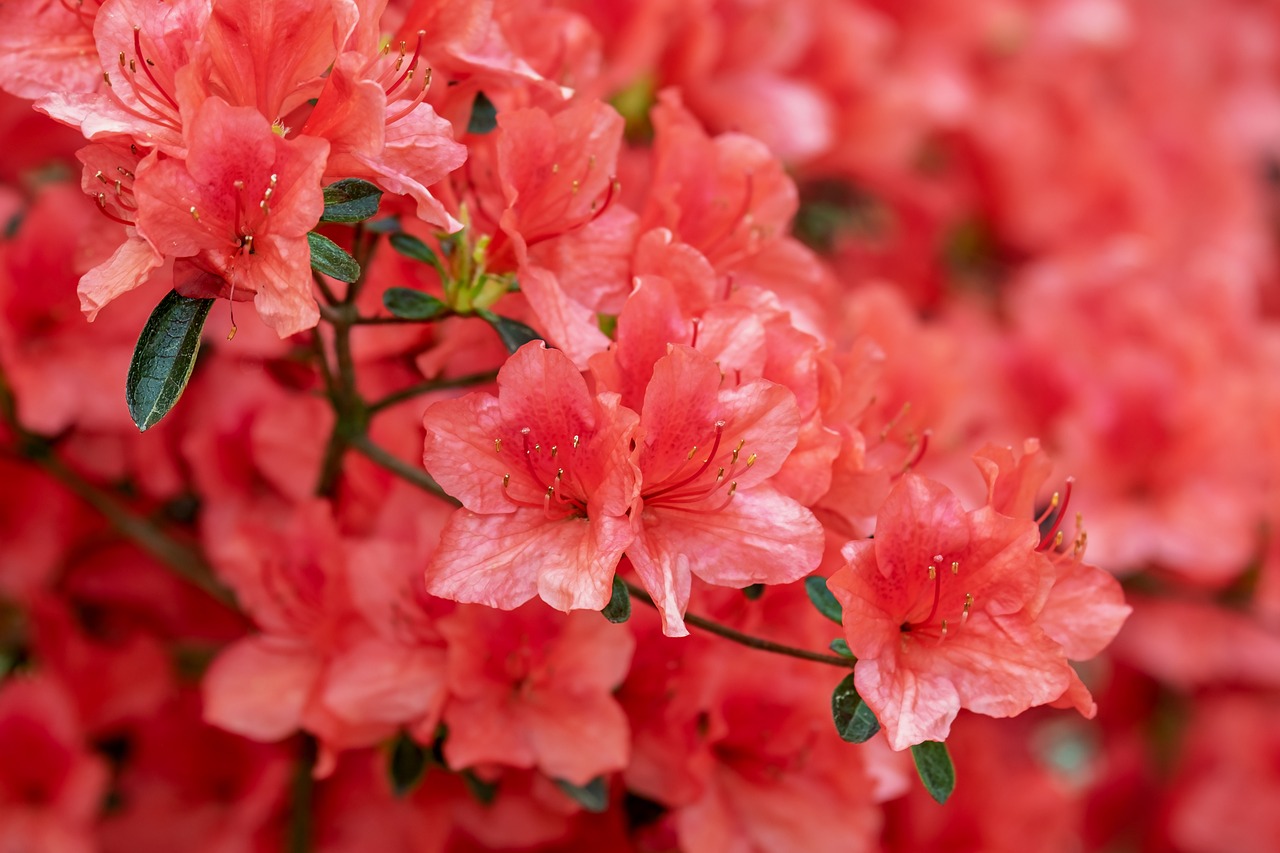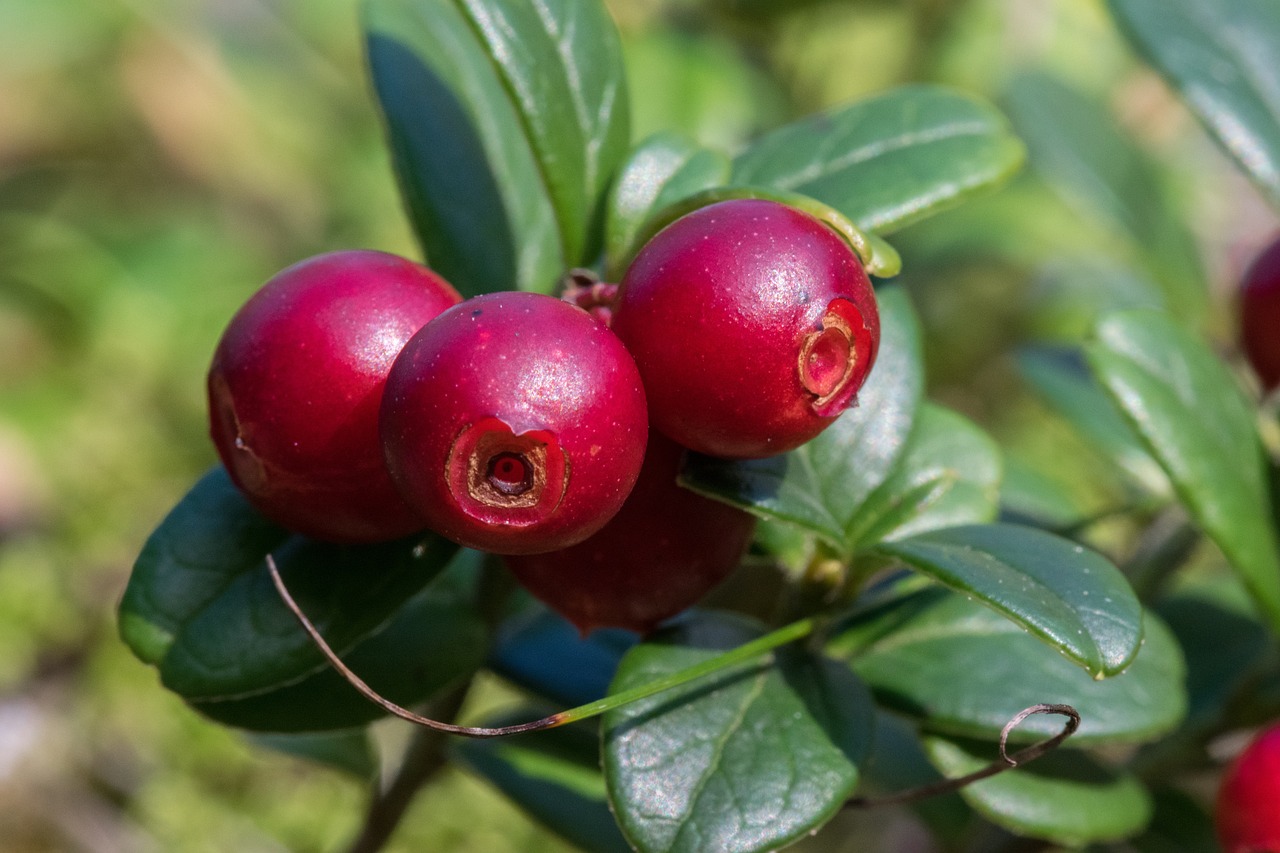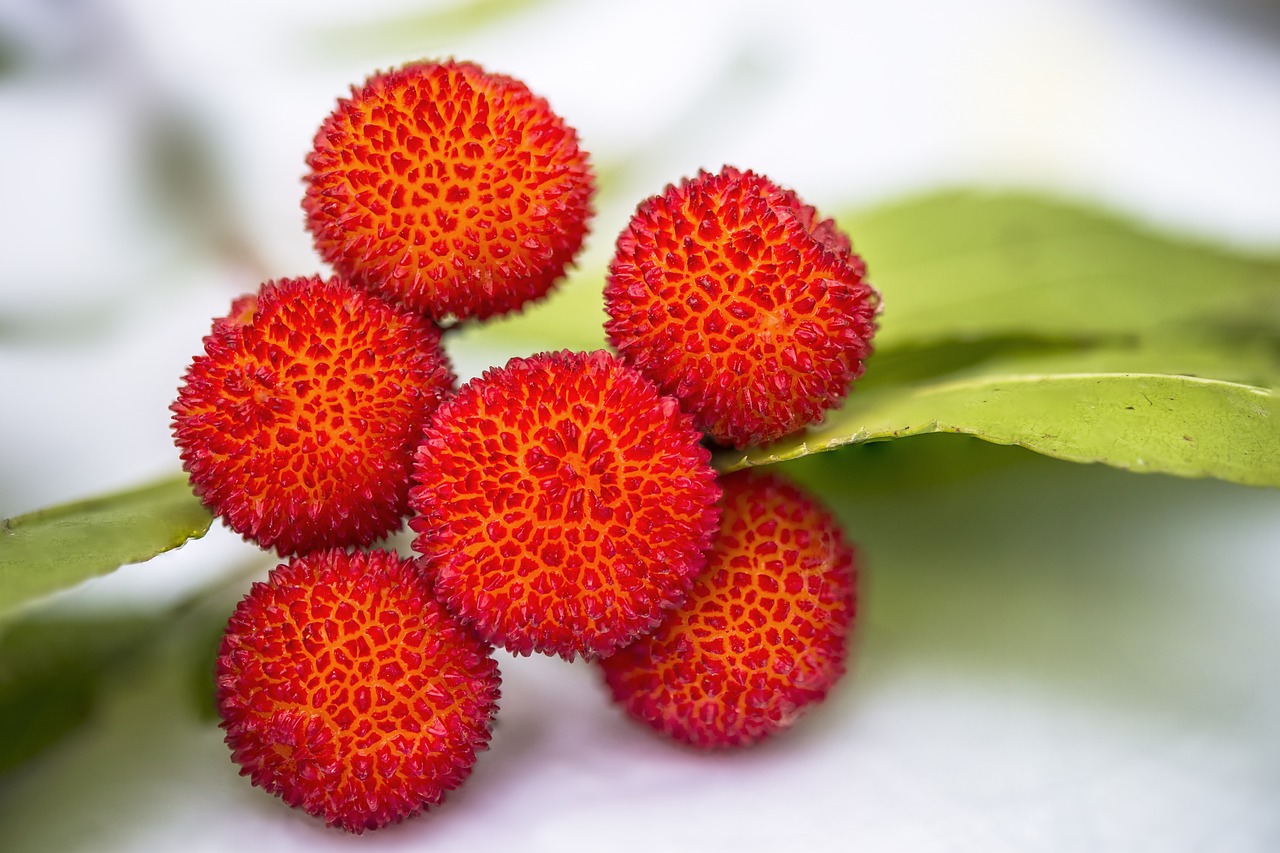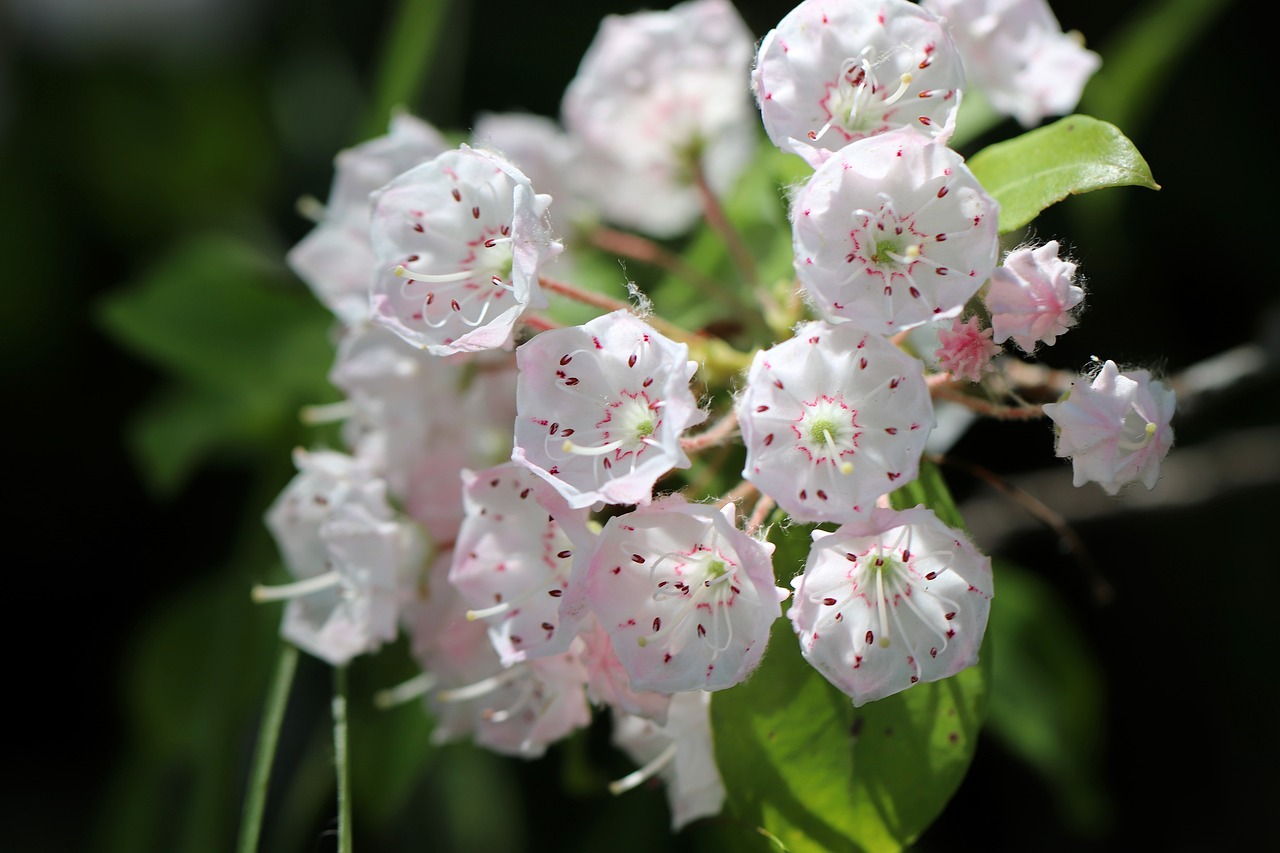Calluna | The Celtic Herb Spreading Across the Scottish Moors
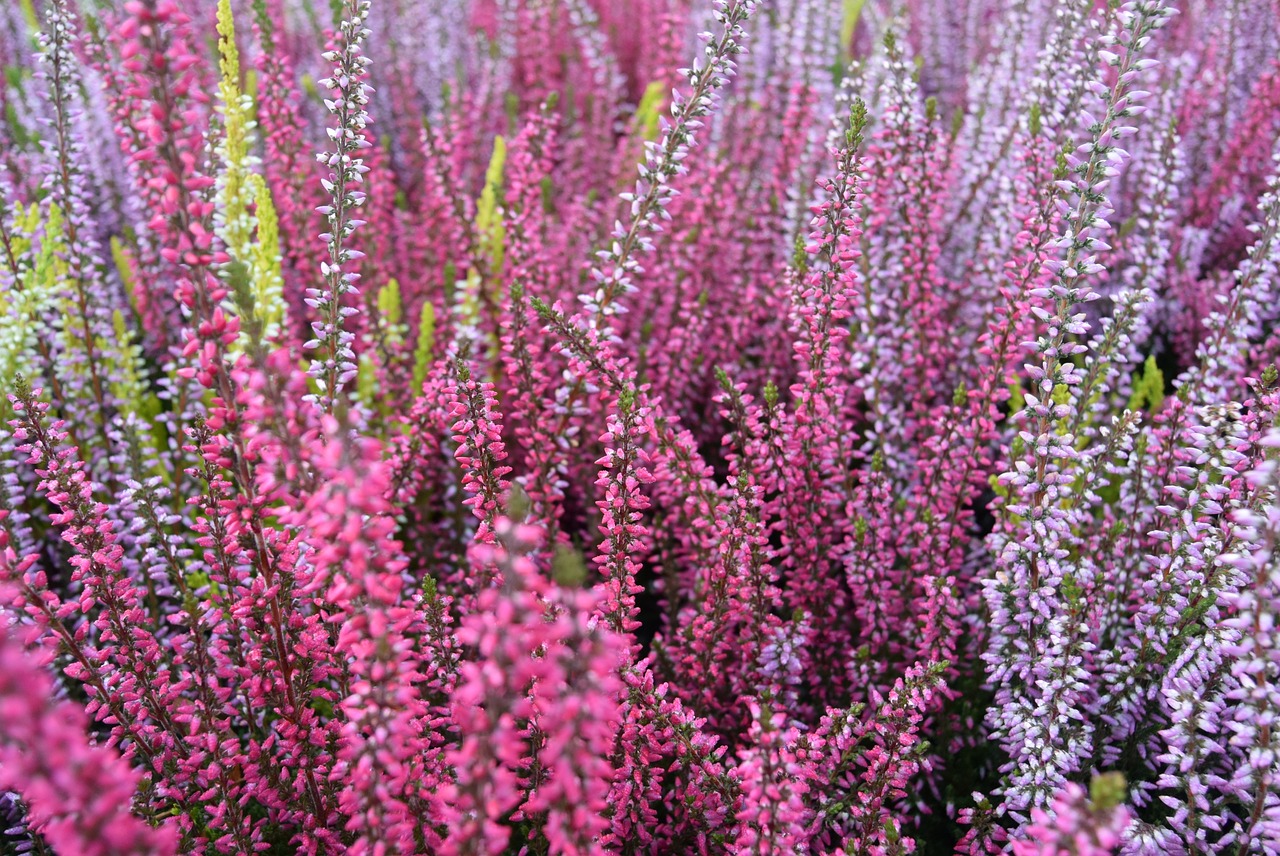
Calluna is an evergreen shrub characterized by its small bell-shaped flowers and fine leaves. Thanks to its vivid colors and hardy nature, it is often used in gardens and container plantings.
In this article, I will provide detailed information about Calluna, including its basic profile, cultural and historical background, and key points for cultivation.
Basic Information
- Scientific name: Calluna vulgaris
- Family: Ericaceae
- Origin: Northern Europe to Northern Asia
- Appearance: Calluna is a shrub 20–50 cm tall that spreads in a bushy form. Its small bell-shaped flowers come in pink, purple, or white, while its needle-like leaves change from green to reddish-brown depending on the season.
- Flowering season: From July to October, allowing a long period of bloom during summer and autumn.
Cultural Significance Around the World
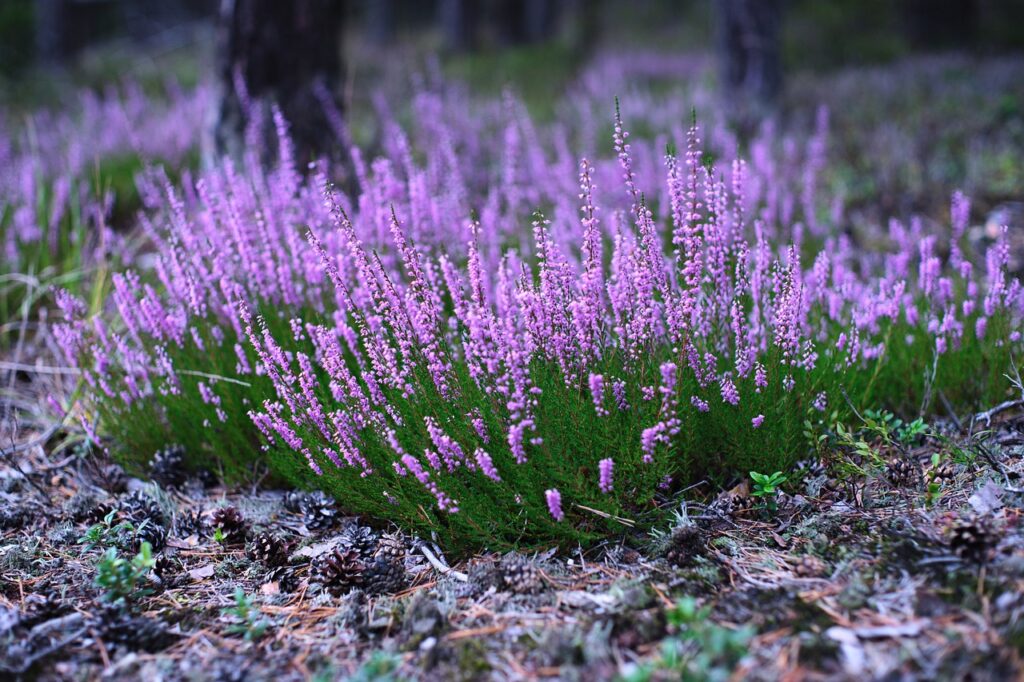
Calluna is especially cherished in Northern Europe and Scotland, where it is also known as Heather.
In Scotland, it is recognized as a national flower. Blooming abundantly across the vast heaths, Calluna has often been depicted in poetry and painting as a symbol of the landscape.
It is also regarded as a symbol of happiness and good fortune, frequently used in bouquets and decorations. Among them, white Calluna is believed to bring luck and is often used in weddings and special ceremonies.
Historical Background
The name Calluna originates from the Greek word kalluno (“to clean”), referring to the traditional use of its bundled branches as cleaning tools.
In Scotland, it has long grown naturally in pastures and heaths, used as livestock fodder and even as roofing material.
Furthermore, Calluna was regarded as a mystical plant in Celtic culture and was sometimes used in rituals and divination. Its resilience in harsh environments has made it a symbol of overcoming adversity.
Gardening Advice
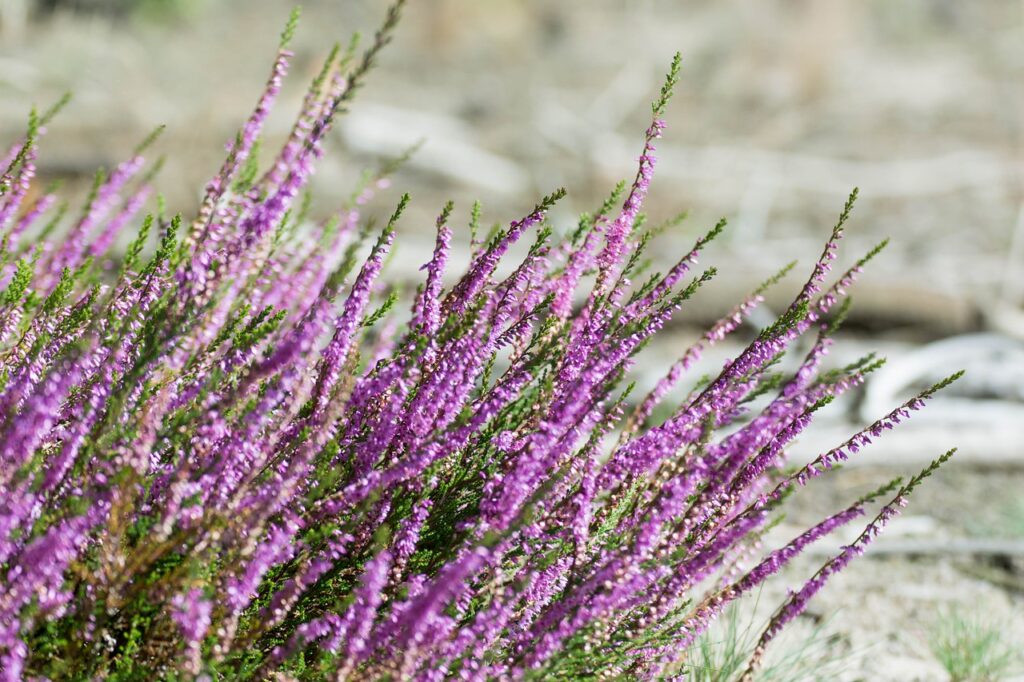
Although Calluna is a hardy and easy-to-grow plant, providing the right conditions will enhance its beauty. Below are key points for successful cultivation:
Sunlight
Prefers sunny locations. It can grow in partial shade, but blooming may be reduced.
Watering
Avoid overwatering. Allow the soil to dry before watering moderately. It is drought-tolerant but benefits from regular watering during hot summers.
Soil
Thrives in acidic, well-drained soil. Use soil for blueberries or enrich with leaf mold or peat moss to increase acidity.
Fertilizer
Requires little fertilizer. Apply a small amount of slow-release fertilizer in spring and autumn.
Pruning
Lightly prune after flowering to maintain shape and encourage better blooming the following year.
Cold tolerance
Hardy against cold weather; no special protection is needed. In extremely cold regions, mulching around the roots is recommended.
Conclusion
Calluna is an evergreen shrub that offers colorful blooms for an extended season and is deeply rooted in the culture and history of Northern Europe.
With proper sunlight and well-drained soil, even beginners can easily cultivate it.
Its resilience and vibrant colors make it an ideal accent for gardens and container plantings.


